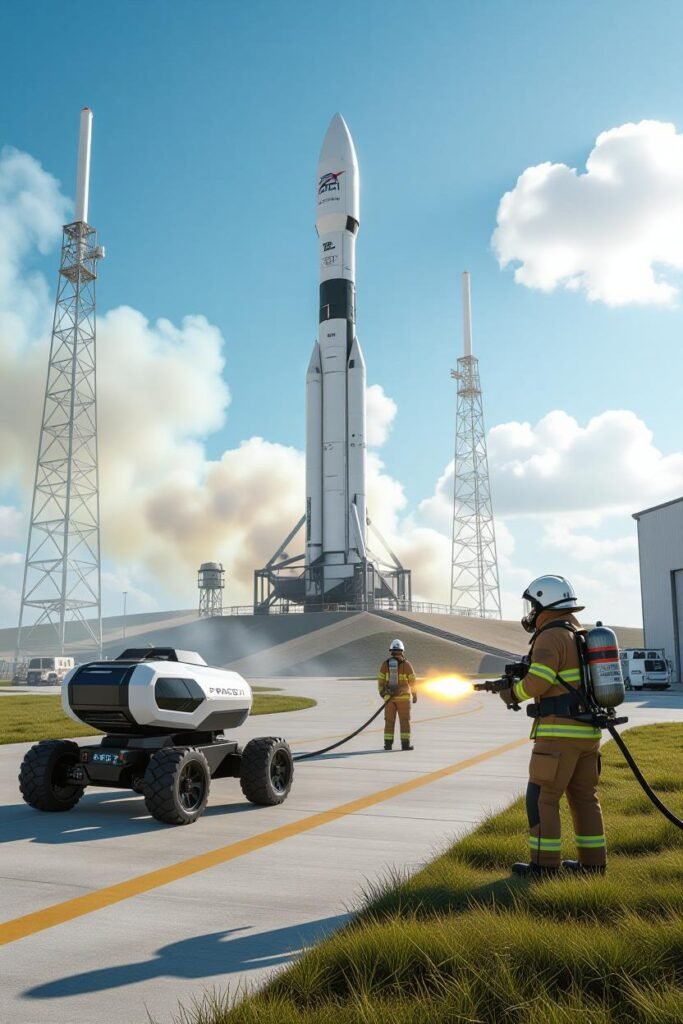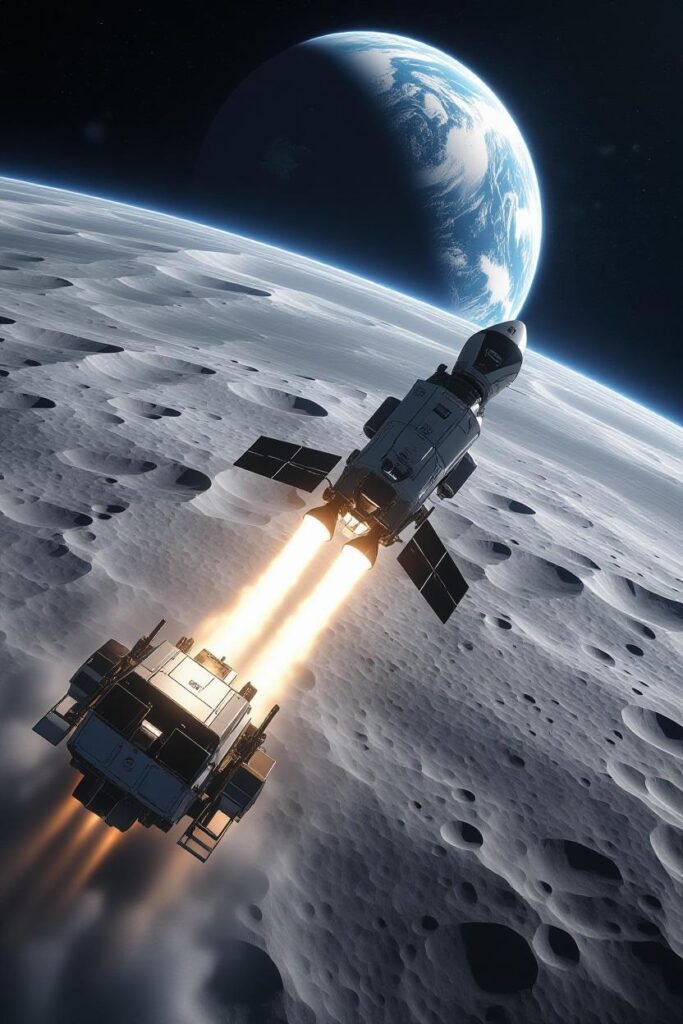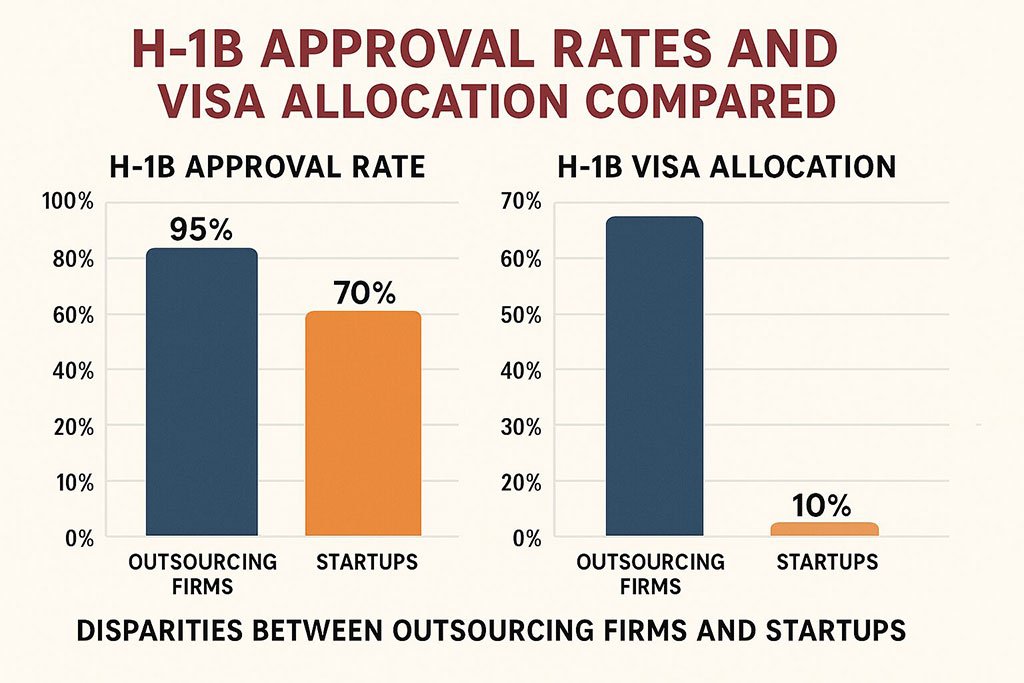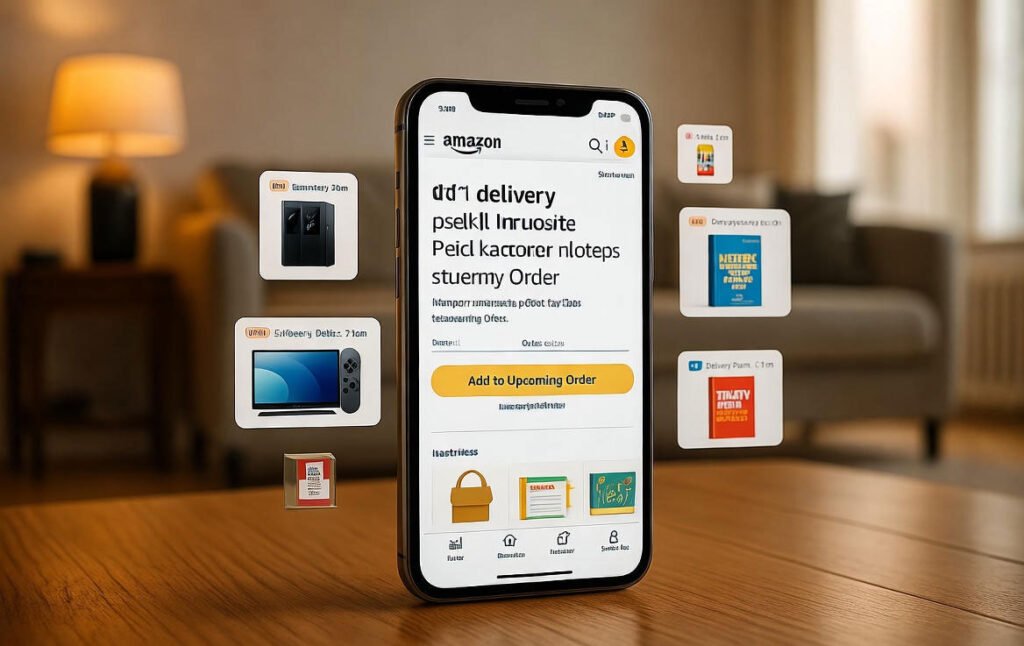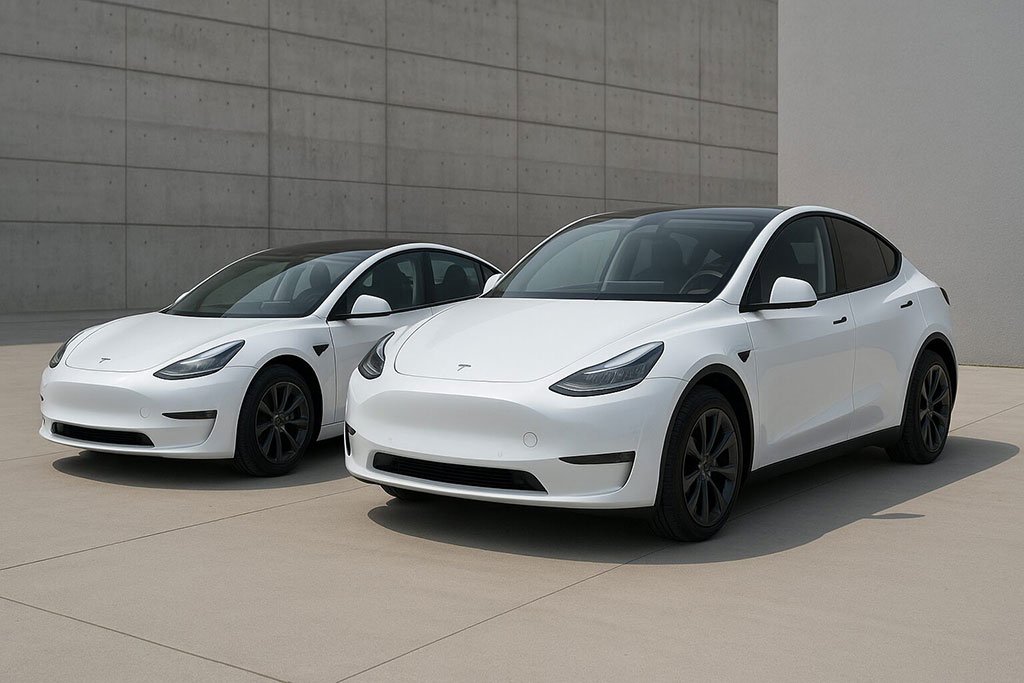Now Reading: Impulse Space Unveils Ambitious Plan for Annual 6-Ton Lunar Deliveries
-
01
Impulse Space Unveils Ambitious Plan for Annual 6-Ton Lunar Deliveries
Impulse Space Unveils Ambitious Plan for Annual 6-Ton Lunar Deliveries
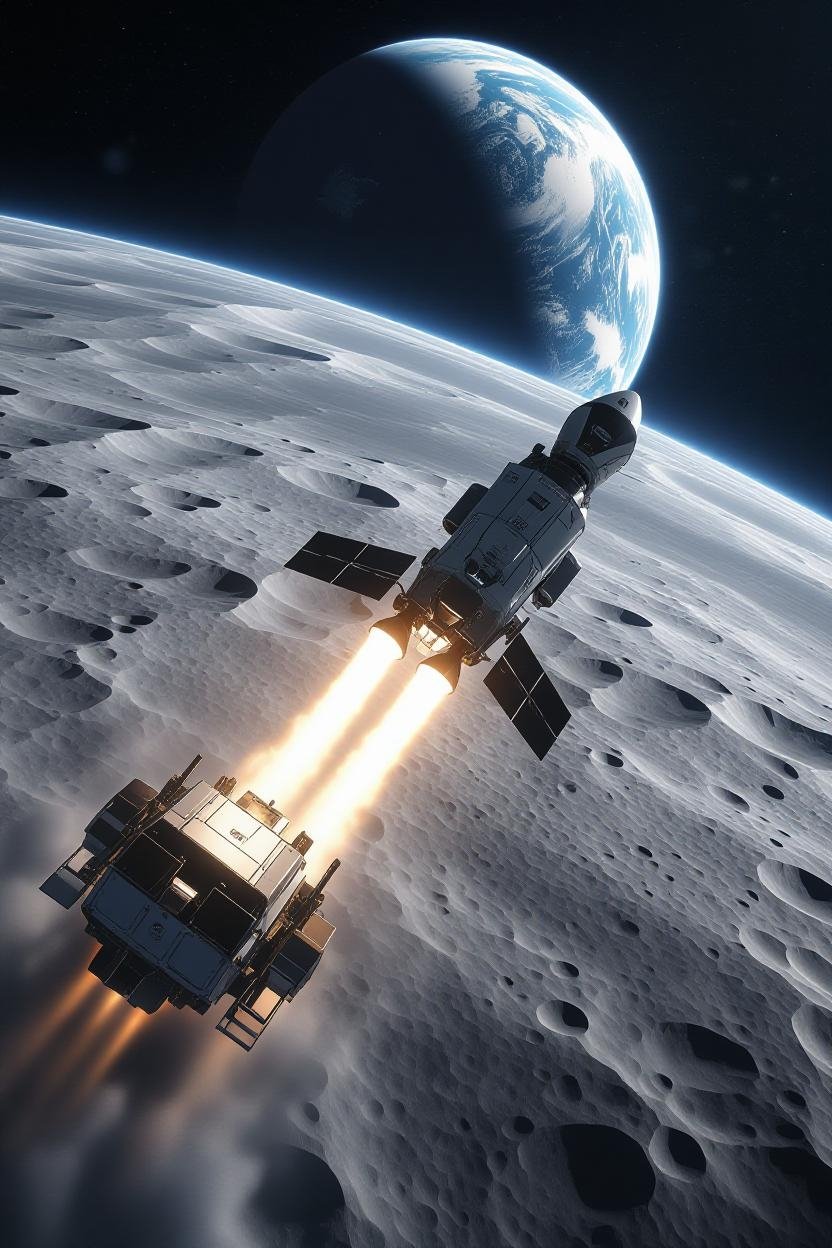
Impulse Space has unveiled a pioneering strategy to deliver six tons of cargo to the Moon every year. This initiative represents more than just another mission—it signals a paradigm shift in how humanity approaches commercial space operations, scientific exploration, and lunar infrastructure development.
A Leap Toward Sustainable Lunar Operations
For decades, Moon missions have been episodic, with deliveries driven largely by government agendas. Impulse Space’s approach is different: it focuses on consistent, scalable, and reliable cargo transport. By committing to annual deliveries, the company envisions a future where lunar operations are continuous, rather than one-off endeavors.
Key highlights of the strategy include:
-
Optimized Launch Architecture – Reusable launch vehicles equipped with modular payload adapters maximize cargo efficiency and reduce costs per mission.
-
Autonomous Landing Protocols – AI-guided systems ensure precise and safe deliveries directly to designated lunar sites.
-
Payload Consolidation – Strategic scheduling and cargo stacking enable 6-ton annual deliveries without compromising safety or reliability.
-
Infrastructure Support on the Moon – Modular storage, power systems, and automated deployment tools ensure the Moon becomes a working environment, not just a destination.
-
Collaborative Partnerships – By working with government agencies, private enterprises, and research institutions, Impulse Space is creating a shared ecosystem for lunar development.
Why 6 Tons Matters
While six tons may seem modest compared to Earth-bound freight standards, in the context of lunar operations, this capacity is groundbreaking. It enables:
-
Scientific Research Expansion – Regular supply of experiments, equipment, and consumables.
-
Commercial Development – Supporting private ventures in mining, energy, and habitation.
-
Sustainable Infrastructure – Pre-deployed modules for storage, power, and construction ensure long-term operations.
This approach transforms the Moon from an experimental playground into a sustainable frontier, opening possibilities for research, commerce, and interplanetary expansion.
Challenges and Innovations
No lunar mission is without risks. From radiation exposure to precise navigation, the Moon presents a complex operating environment. Impulse Space mitigates these challenges through:
-
Redundant AI Systems – Multiple layers of autonomous control reduce human error and mission risk.
-
Optimized Fuel Management – Carefully planned trajectories reduce consumption and enhance payload capacity.
-
Collaborative Payload Scheduling – Coordination with global stakeholders ensures that cargo arrives exactly when and where it’s needed.
These innovations not only enhance mission reliability but also set new benchmarks for the commercial space industry.
A Lunar Ecosystem
Impulse Space is not just delivering cargo—it is laying the foundation for a sustainable lunar ecosystem. By ensuring regular supply lines, modular infrastructure, and collaborative planning, the company is shaping a future where scientific and commercial lunar operations coexist seamlessly.
The Moon, long seen as a distant objective, is now approaching the status of a working platform, with Impulse Space at the forefront of this transformation.
Impulse Space’s plan for annual 6-ton lunar deliveries is a landmark moment in space technology. It demonstrates that the era of intermittent lunar missions is ending, giving way to reliable, scalable, and commercially viable lunar logistics.
The Moon is no longer just a symbol of exploration—it is evolving into a hub of human ingenuity and enterprise, and Impulse Space is charting the path forward.
Stay ahead of space innovation. Subscribe to our newsletter for the latest insights into lunar logistics, commercial spaceflight, and emerging aerospace technologies.
FAQs
Who is Impulse Space?
Impulse Space is a private aerospace company focused on advanced propulsion, cargo transport, and scalable space missions.
Why is the 6-ton target significant?
Six tons annually enables sustained scientific and commercial operations on the Moon, making lunar missions predictable and scalable.
How are safe landings ensured?
AI-guided autonomous systems, precision navigation, and redundant safety protocols ensure secure deliveries.
When will the first delivery happen?
Exact timelines are under review, but annual missions are planned to align with lunar launch windows.
Disclaimer:
All logos, trademarks, and brand names referenced herein remain the property of their respective owners. Content is provided for editorial and informational purposes only. Any AI-generated images or visualizations are illustrative and do not represent official assets or associated brands. Readers should verify details with official sources before making business or investment decisions.

